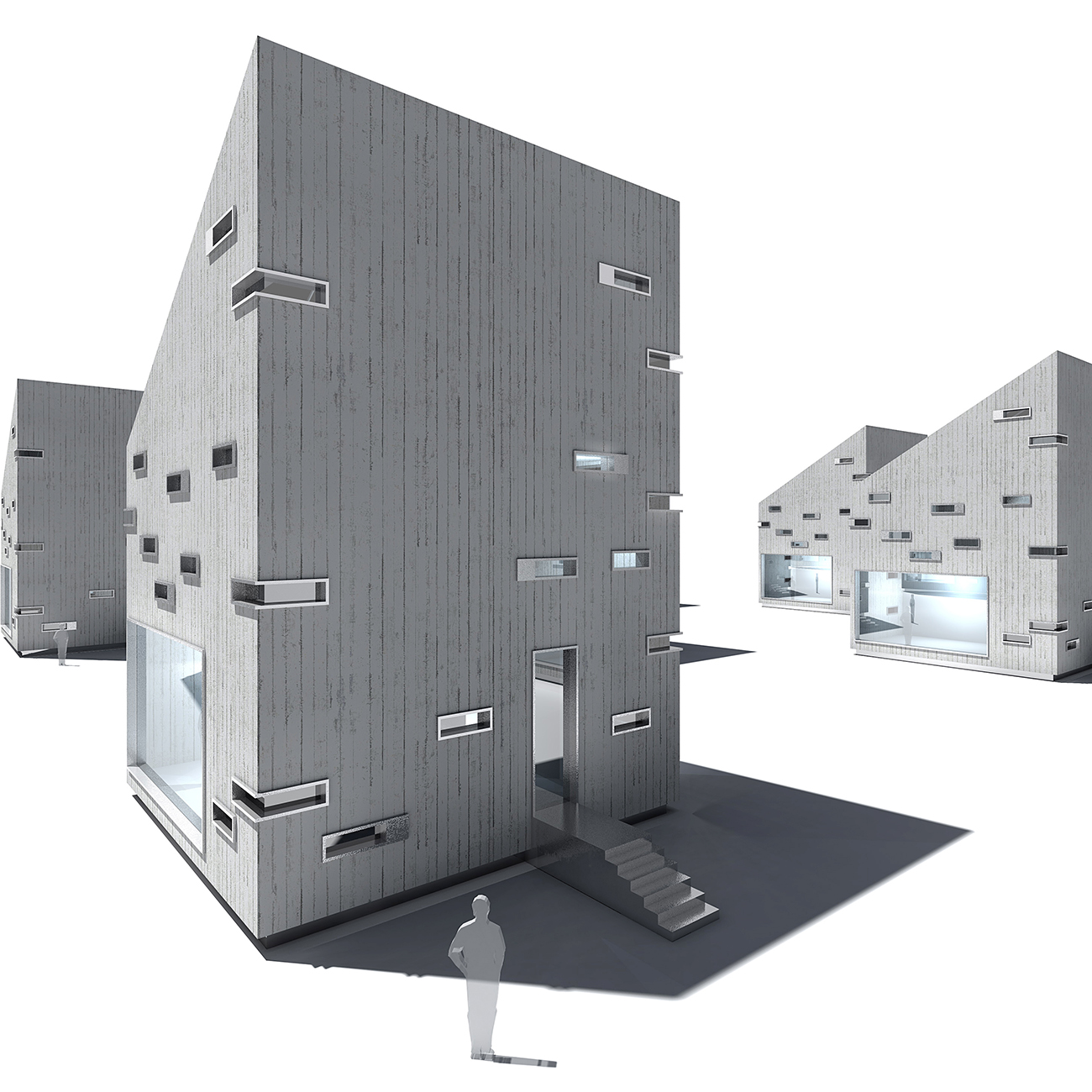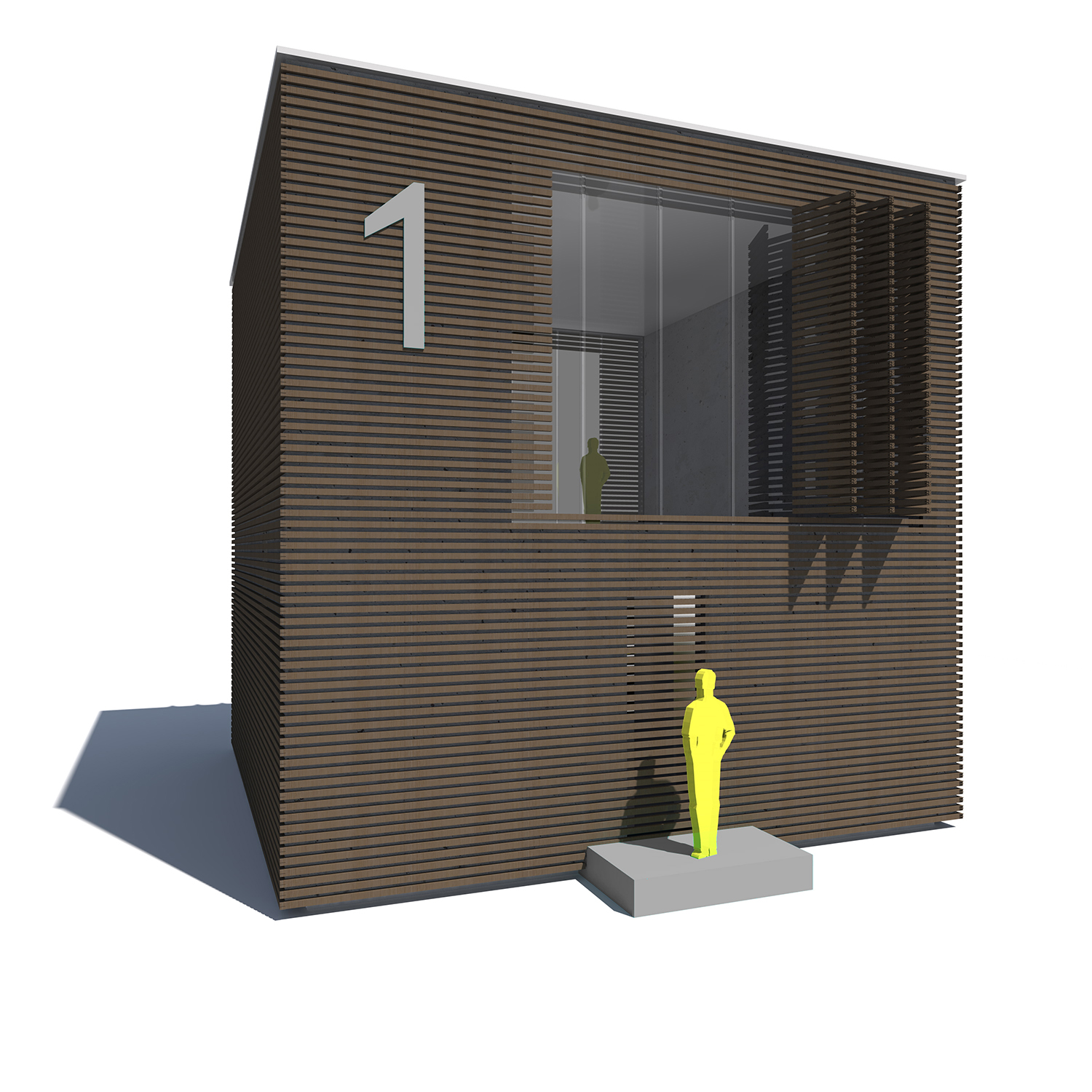Contemporary art box. Batumi, Georgia
The “Contemporary Art Box” concept is an innovative and modular design that emphasizes flexibility, engagement, and interaction. The structure is composed of a series of cube-like units, each serving as an independent space for displaying contemporary art, installations, or hosting small performances. The arrangement of the boxes is dynamic, forming an open, linear path that invites visitors to explore the various exhibits in a non-linear fashion, allowing for a personal and fluid experience.
The open, minimalist design ensures that each cube can be easily reconfigured, relocated, or adapted to suit different exhibitions and events, offering a highly versatile environment. The numbered units add a sense of organization and sequence, guiding the audience while still allowing for spontaneous exploration. The placement of the cubes, with breaks and open spaces, encourages movement and provides opportunities for pause and contemplation, enhancing the connection between the viewer and the artworks.
The inclusion of an amphitheater-like structure in the background suggests a central gathering point, ideal for larger events, discussions, and performances, reinforcing the concept’s focus on interaction and community. The open design of the “Contemporary Art Box” supports not only the display of diverse art forms but also encourages social engagement, fostering a vibrant cultural space where art and people can freely converge.
Overall, the “Contemporary Art Box” is a space designed for adaptability, creativity, and community. It serves as a blank canvas that can be reshaped and reimagined, reflecting the ever-evolving nature of contemporary art and culture, and offering a platform for expression and dialogue.




















































































































































